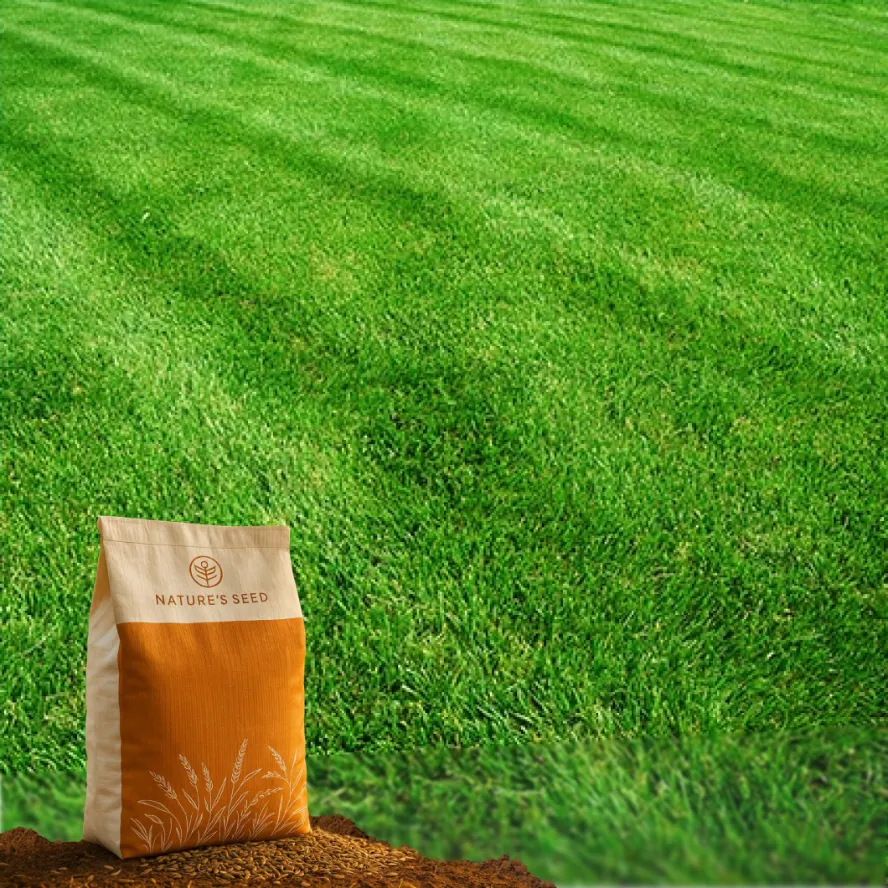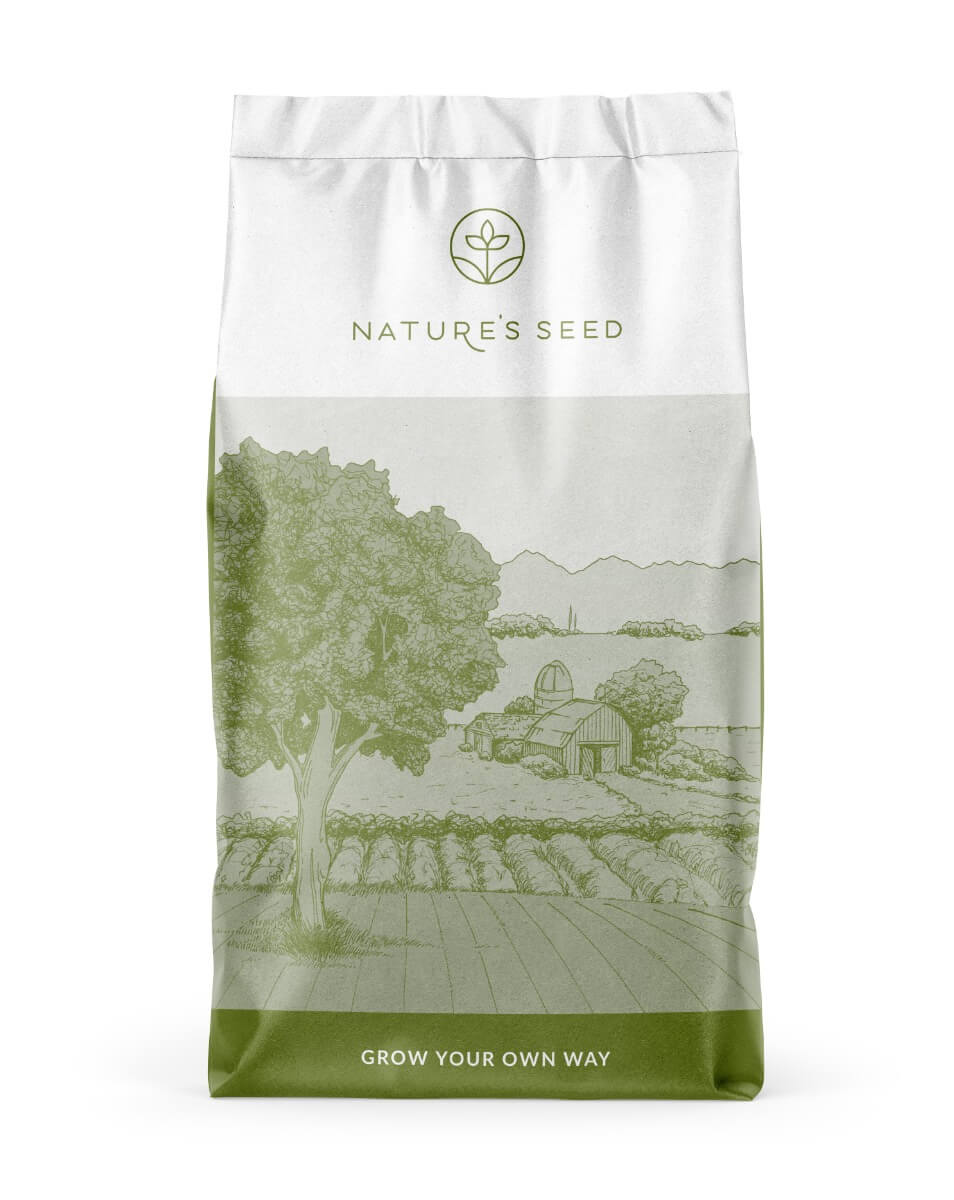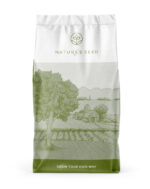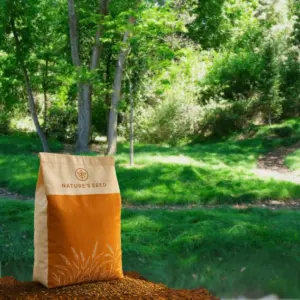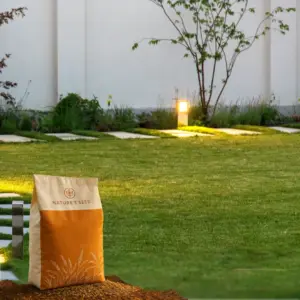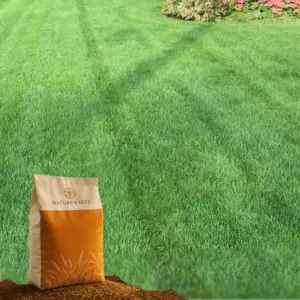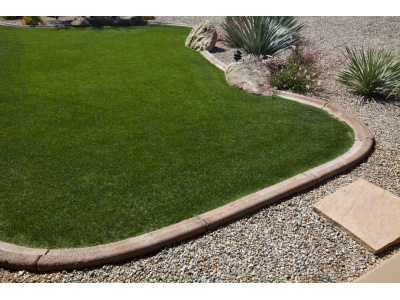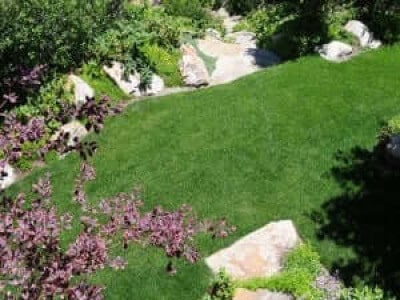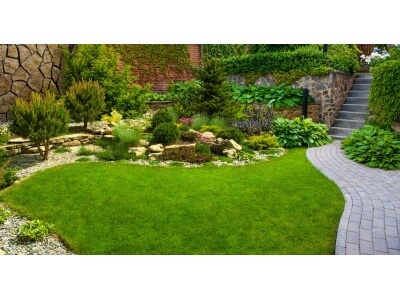What is Nature's Seed's Perennial Ryegrass Fast-Growing Lawn Mix
Specifications
Sun Requirement
Full sun
Soil Preference
Well-drained loam, clay or sand; moderate fertility
Soil pH
6.0–7.5 (optimum ~6.5)
Time to Maturity
7-14 days
Height when mature
~3 inches (mow at 2.0–3.5″)
Seeding Rate
5 lbs/500 sq ft
Planting Depth
1/8 to 1/4 inch
Perennial Ryegrass Fast-Growing Lawn Mix
SKU: TURF-W-RYE
Will the seed work for your area?
Check your region
select quantity
Description

Rapid Germination
Contains quick-sprouting ryegrass (5–10 days) for fast green-up.
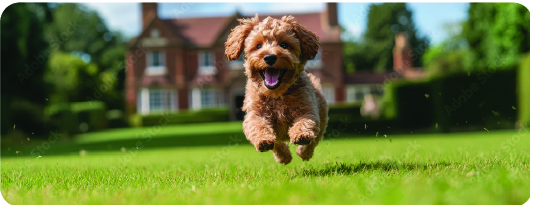
Wear-Tolerant
Perennial ryegrass endures heavy use (ranked highest for traffic tolerance), ideal for sports or kids.

Dense, Self-Repairing Grass
Kentucky bluegrass rhizomes knit the lawn into a lush, high-density turf.
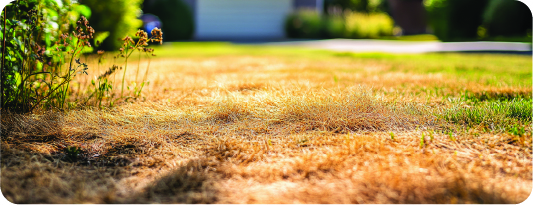
Shade & Drought Tolerance
Fine fescue thrives in partial shade and drier conditions.
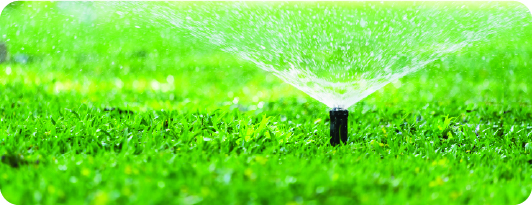
Water-Wise
TWCA-certified mix uses ~30–40% less water than conventional lawns.
Description
Detail Product
Sun/Shade
Full sun
Height
~3 inches
Seeding Rate
5 lbs/500 sq ft
Uses
Quick cover lawns, sports fields, cool-season climates, overseeding, irrigated landscapes
Color
medium to fine; dark green
Water
medium to fine; dark green
Native
Introduced
Life Form
Perennial Grass
Planting and Growth Guide

Soil Prep
Test soil pH (aim ~6.5) and fertility. Amend as needed (add lime if pH <6.0, incorporate 2–3″ compost in poor soils). Fine-tune nutrients per soil test. Soil should be well-tilled and graded. (Kentucky bluegrass prefers pH 6.0–7.5
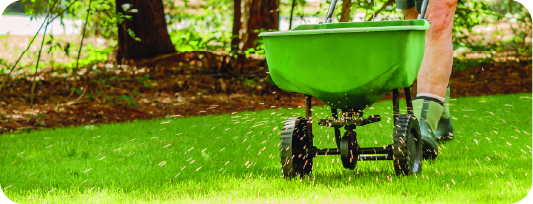
Seeding
Best seeded in early fall or spring (late summer/fall is optimal in northern climates). Spread seed evenly at ~10 lbs/1000 ft². Use a drop or broadcast spreader, sow half in one direction and half in the other for uniformity. Lightly rake or roll so seeds contact soil (~1/16–1/8″ deep). Apply a starter fertilizer (0.5–1 lb N/1000 ft²) at planting.
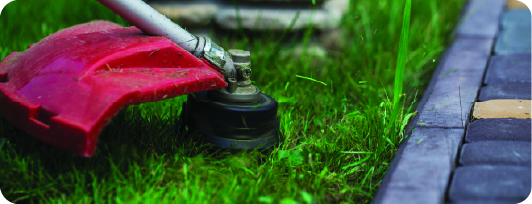
Watering & First Mow
Keep soil consistently moist until germination by applying frequent, light irrigations (do not let seeds dry out). Once seedlings appear, reduce frequency but increase depth: water 1″ per session, 2–3 times per week. After seedlings reach ~3–4″ tall, mow at ~2–3″ (never remove more than 1/3 of blade). Remove 1–2 grasses per punch on first mow. Avoid traffic on new turf until well-rooted (several weeks).

Ongoing Maintenance
After establishment, deep-water infrequently (~1–1.5″/week)extension.colostate.edu. Mow regularly to maintain 2–3″ height. Fertilize with ~1 lb N/1000 ft² in early fall and spring (fine fescue needs less; see soil test). Core-aerate annually (spring or fall) to improve root depthextension.colostate.edu. Overseed thin spots each fall to maintain density. Control weeds with pre-emergents in spring and spot treatments as needed.
Questions & Answers
When is the best time to seed?
Cool-season lawns seed best in late summer to early fall, when soil is warm and moisture is reliable. This timing gives seedlings two cool seasons (fall and spring) to establish before summer heat. Early spring is also possible, but weeds and summer stress can be issues.
Can I overseed an existing lawn with this mix?
Yes – overseed thin areas in early fall or spring. Mow low (2″), core-aerate or rake to loosen soil, then spread seed evenly. Good seed-to-soil contact is crucial (firm seed with a roller or light tamping). Keep the area moist until new grass establishes. Overseeding thickens the lawn, which helps crowd out weeds.
How much water does it need?
After establishment, plan on about 1–1.5 inches of water per week (including rainfall) applied deeplyextension.colostate.edu. In drought or hot midsummer, watering may need to increase. TWCA studies show this mix uses ~30–40% less water than conventional turf. Always water infrequently and deeply (to 4–6″) to encourage deep roots. New seedings require light daily watering initially to keep soil moist.
Is this mix drought tolerant?
Yes – it includes fine fescue, which is notably drought-hardy. Fine fescues prefer drier soils and will persist with less water. Under summer drought, fescues go dormant but recover well with fall rain. Overall, this mix stays greener longer under water stress than a pure bluegrass lawn, but any grass will eventually brown if kept bone dry.
How soon can I mow or allow foot traffic?
Wait until the new grass is about 3–4 inches tall before the first mow, then cut back to ~2–3″. This usually takes 4–6 weeks after seeding. Avoid heavy foot or pet traffic until the turf is well-rooted (about 6–8 weeks). Allow lawn to recover 1–2 months before resuming normal use if possible.
What about winter care?
Cool-season grasses go semi-dormant in winter but generally survive freezing. Mow lower (1.5–2″) before winter to reduce snow mold risk. Fescues stay green in mild winters. Minimal watering is needed if it’s not snow-covered. Rake leaves to prevent smothering. In early spring, raise mower height to avoid scalping emerging grass.
Still have
questions?
Our planting experts
are here to help.
Call Us
1-800-123-4567
8 AM–5 PM
Monday–Friday
Reviews
| Weight | N/A |
|---|---|
| Sun/Shade | |
| Est Rate | |
| Texture | |
| Seeding Rate | |
| Uses | , |
| Color | |
| Mix Contents | |
| Water | |
| Native | |
| Life Form | |
| Topseller Description |
Thanks to its quick germination, our Perennial Ryegrass Blend is the fastest way to a quality cool-season lawn in the northern half of the United States. In the southern half it can be used to overseed warm-season grasses in the autumn, creating a temporary wintertime lawn. Use wherever an attractive, traffic-tolerant turfgrass is needed ASAP. |
| Lowest price | |
| Coverage Area | , , , , , , |
